現職:
エルディシュ数:4 (Kawahara <= Kingston <= Nichols <= Warnow <= Erdös)
ベーコン数:3(川原繁人 <= 上白石萌音 <= アラン・メンケン <= ケビン・ベーコン)
       |
 |
〒108-8345 自己紹介 略歴現職: エルディシュ数:4 (Kawahara <= Kingston <= Nichols <= Warnow <= Erdös) ベーコン数:3(川原繁人 <= 上白石萌音 <= アラン・メンケン <= ケビン・ベーコン) 
主な著作物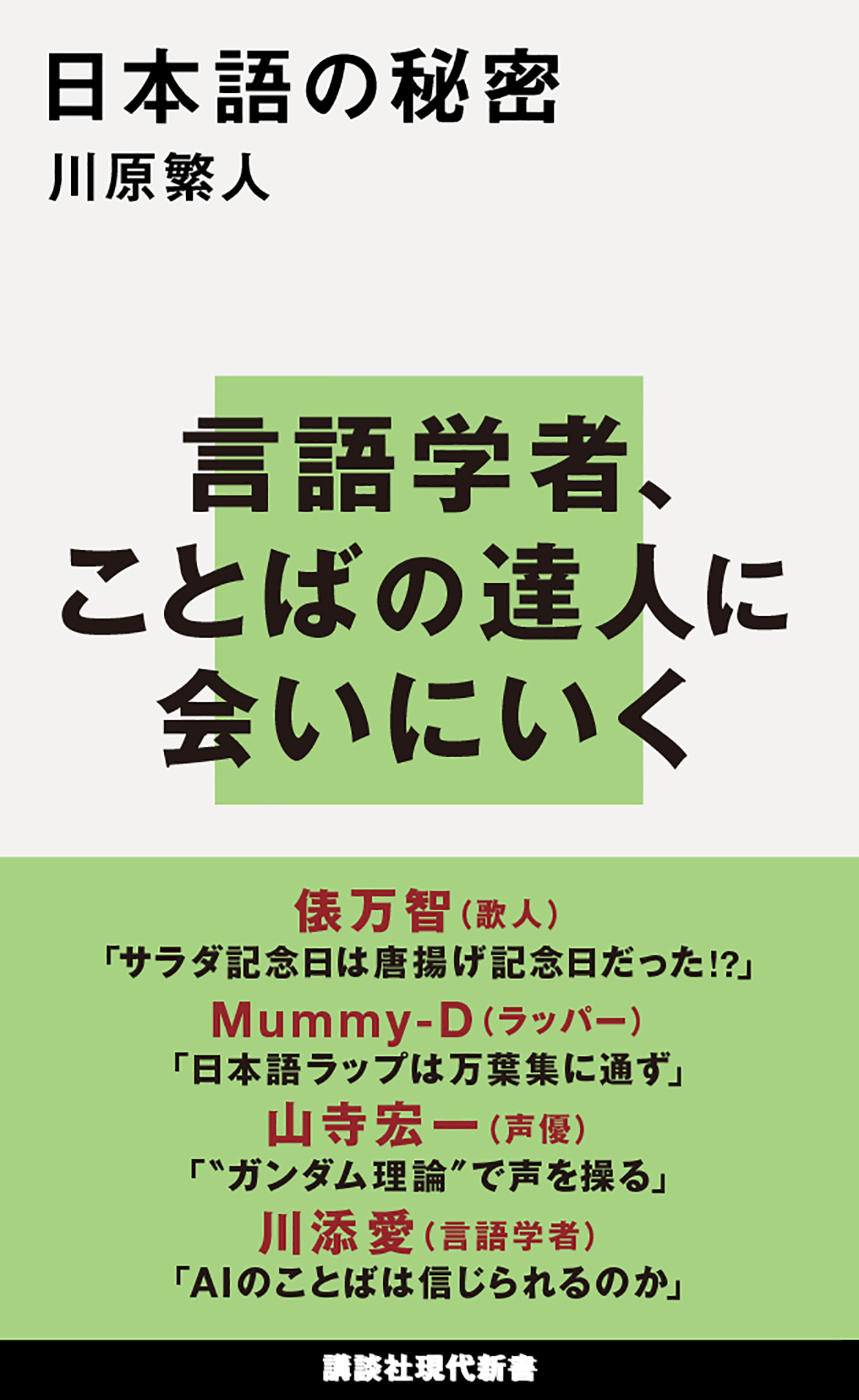



 

  
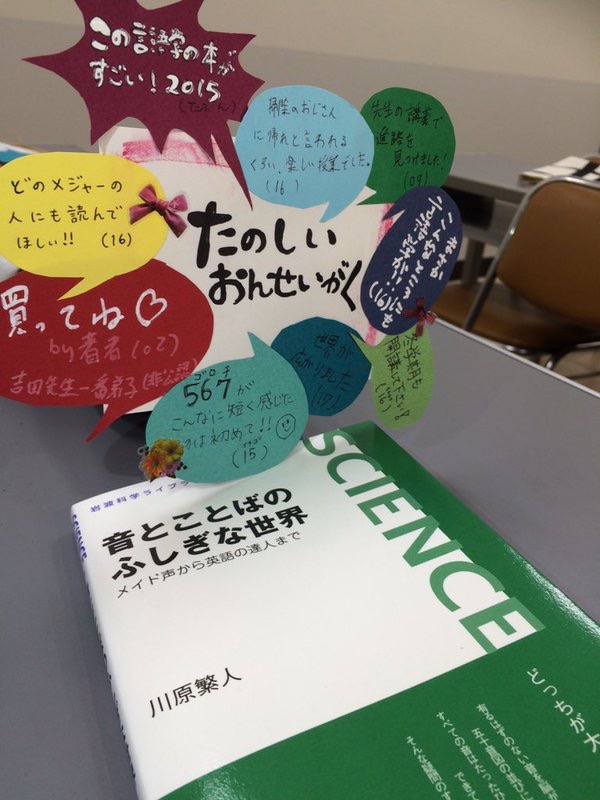

 音声学解説動画
コロナ時代に学びの機会が奪われている人たちのために、音声学・言語学の解説動画をYoutubeにUPするようになりました。  リンク集 自己紹介 東京生まれ東京育ちですが、2000年に渡米。1年間のUniversity of California, Santa Cruzでの留学生活を通して、アメリカの大学の言語学研究に触れ、刺激をうけ、2002年に大学院修行のためにアメリカに戻りました。そしてUniversity of Massachusetts大学での大学院生活が終わる頃、色々なお導きでアメリカの大学で教鞭を取ることになりました。現在は、人間が音をどのように操っているかを様々な角度から研究しています。アメリカの大学では音声研究室を設立し、様々な音声・音韻に関する実験を行ってきました。
東京生まれ東京育ちですが、2000年に渡米。1年間のUniversity of California, Santa Cruzでの留学生活を通して、アメリカの大学の言語学研究に触れ、刺激をうけ、2002年に大学院修行のためにアメリカに戻りました。そしてUniversity of Massachusetts大学での大学院生活が終わる頃、色々なお導きでアメリカの大学で教鞭を取ることになりました。現在は、人間が音をどのように操っているかを様々な角度から研究しています。アメリカの大学では音声研究室を設立し、様々な音声・音韻に関する実験を行ってきました。 計11年間のアメリカでの研究生活を終え、2013年6月より慶應義塾大学大学言語文化研究所に移籍し、研究を進めています。日本では言語学を研究出来ることが当たり前ではありません。常に「なぜ言語学を大学で研究する価値があるのか」という問いに晒されています。そのおかげで、日本では言語学がどのように人の役に立つ可能性があるかを考え続けています。例えば、マイボイスの支援ページはこちらをご参照ください。
計11年間のアメリカでの研究生活を終え、2013年6月より慶應義塾大学大学言語文化研究所に移籍し、研究を進めています。日本では言語学を研究出来ることが当たり前ではありません。常に「なぜ言語学を大学で研究する価値があるのか」という問いに晒されています。そのおかげで、日本では言語学がどのように人の役に立つ可能性があるかを考え続けています。例えば、マイボイスの支援ページはこちらをご参照ください。2015年に、岩波サイエンスライブラリーから「音とことばのふしぎな世界」を出版しました。音声学を知らない人にも、できるだけわかりやすく、でも表面的なことだけでないことがらを伝えたいと思って執筆しました。続編の音象徴にフォーカスした「『「あ」は「い」より大きい!?:音象徴で学ぶ音声学入門』、ちょっとハードコアな『ビジュアル音声学』も合わせてどうぞ。2022年には新たなお導きがありまして、三冊の本をほぼ同時に出版するという、振りかえってみると少しおかしなことにもなりましたが、引き続き応援をよろしくお願いいたします。  最近のテーマは「言語学者よ外に出よう!」です。専門外の人に自分の研究を説明しても分かってもらえない…という悲しい経験を積み重ねた結果、専門外の人にも興味を持ってもらえる研究を(も)したい!と思うようになり、積極的に象牙の塔の外と交流を持つようにしています。ポケモン名の研究は結構話題になりましたが、そのほか、プリキュア名の分析や宝塚やAKBのニックネーム研究、ラップの言語学的分析の紹介なども行っています。『フリースタイルダンジョン』や『チコちゃん』などにも呼んで頂きました。コロナの時代に突入してからはより積極的に大学の外に開かれた活動も行っており、声優さんやラッパーとのコラボイベントも開催しております。メディアへの露出には批判もあると思いますが、少しでも言語学・音声学を広めたいという気持ちから積極的に関わらせて頂いております。
最近のテーマは「言語学者よ外に出よう!」です。専門外の人に自分の研究を説明しても分かってもらえない…という悲しい経験を積み重ねた結果、専門外の人にも興味を持ってもらえる研究を(も)したい!と思うようになり、積極的に象牙の塔の外と交流を持つようにしています。ポケモン名の研究は結構話題になりましたが、そのほか、プリキュア名の分析や宝塚やAKBのニックネーム研究、ラップの言語学的分析の紹介なども行っています。『フリースタイルダンジョン』や『チコちゃん』などにも呼んで頂きました。コロナの時代に突入してからはより積極的に大学の外に開かれた活動も行っており、声優さんやラッパーとのコラボイベントも開催しております。メディアへの露出には批判もあると思いますが、少しでも言語学・音声学を広めたいという気持ちから積極的に関わらせて頂いております。
 日本語ラップ関連の著作
Zeebra × 川原繁人 (2019) 日本語ラップと言語感覚. 『mandala musica/マンダラ・ムジカ ― ―普遍学としての音楽へ』(大人の事情で奥付は2018年3月)
川原繁人 (2017) 日本語ラップの韻分析再考二〇一七――言語分析を通して韻を考える――. 日本語学 36(11): 2-12. Kawahara, Shigeto (2007) Half rhymes in Japanese rap lyrics and knowledge of similarity. Journal of East Asian Linguistics (JEAL) 16.2: 113-144. Eratta. 川原繁人 (2018) Science Column 3: なぜヒップホップのメッセージは胸を打つのか---1万分の1の奇跡がもたらす効果とは.『筋トレ×ヒップホップが最強のソリューションである』文響社. ポケモンとかプリキュアとかドラクエとか
ポケモン研究の発展外観図
川原繁人 (2017) 音そのものに意味はあるのか---ポケモンから考える「音とことばのふしぎな世界」. Wired. 記事へのリンク。 (2017) ポケモン✖️言語学:身近なものを科学する。慶應義塾大学塾生新聞. 川原繁人 (2019) プリキュア名と両唇音の音象徴. 日本音声学会予稿集. 川原繁人・桃生朋子 (2018) 音象徴で言語学を教える: 具体的成果の紹介を通して. Southern Review 32: 3-14. 川原繁人 (2017) ドラゴンクエストの呪文における音象徴: 音声学の広がりを目指して. 音声研究 21(2): 38-42. 川原繁人・桃生朋子 (2017) 音象徴の言語学教育での有効利用に向けて: 『ウルトラマン』の怪獣名と音象徴. 音声研究 21(2): 43-49.  研究分野
人が音を発し、またそれを聞くときには、どのようなメカニズムが働いているのでしょうか?言語学にはいろいろな学派があるのですが、あまり学派にとらわれない研究をしたい、と常々思っています。
 最近の研究テーマ 昔の思い出(ラトガーズ時代の実験室)
(以下のコンテントはアメリカ時代のものです。ラトガーズ音声研究室は、2013年の私の移籍を持ちまして閉鎖されています。過去の栄光ですが、とても良い思い出です。)
最近ラトガーズ音声実験室では、将来研究者や言語聴覚師になりたいという学部生たちが働いてくれています(上と下の写真参照)。その子たちの生き生きとした一生懸命さには、こちらがいつもエネルギーをもらっています。生まれて初めて、教師として生徒を育てるという喜びを感じています。日本語ができるアシスタントは随時募集していますので、ラトガーズの学生で興味があるかたはご連絡ください。大学の単位としても認定されます。実験室へのリンクはこちら。 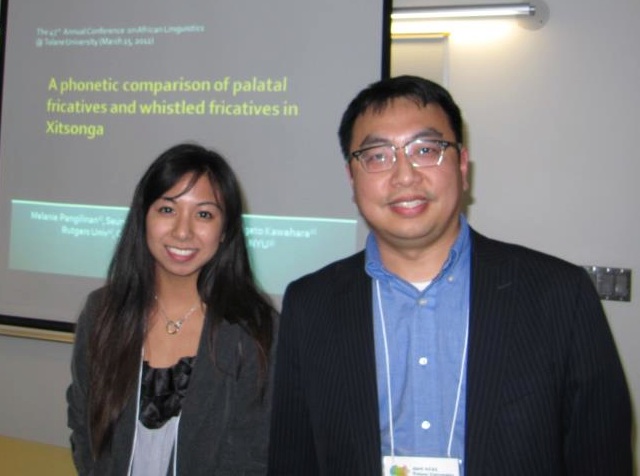
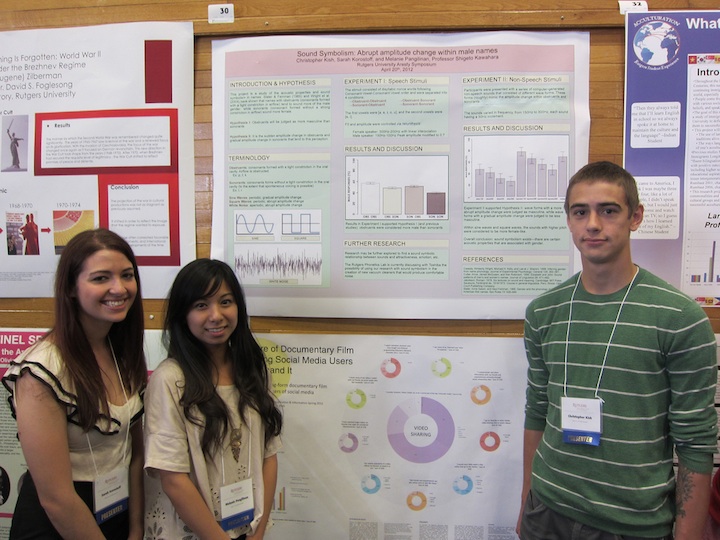

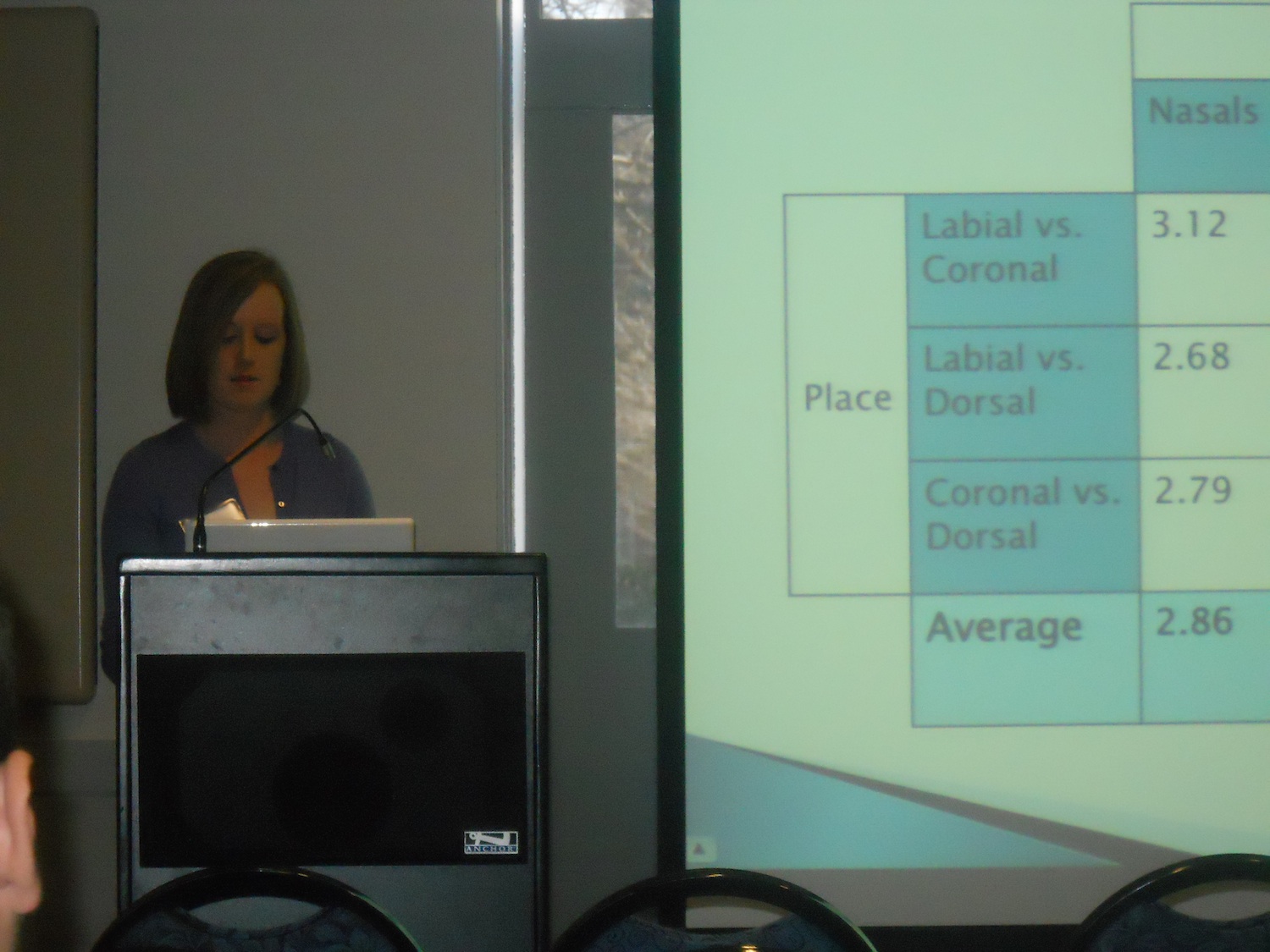
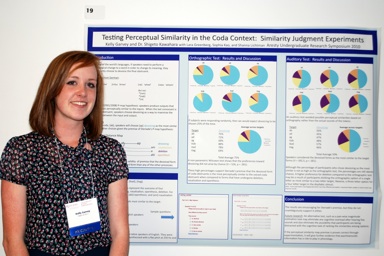
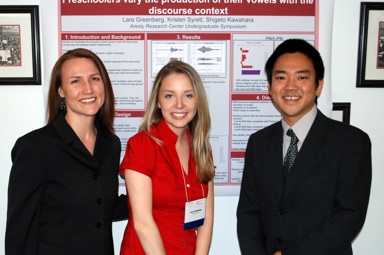
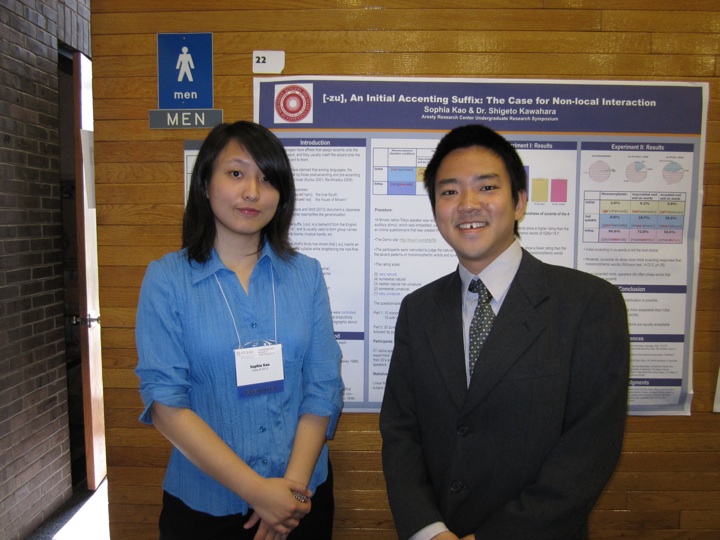
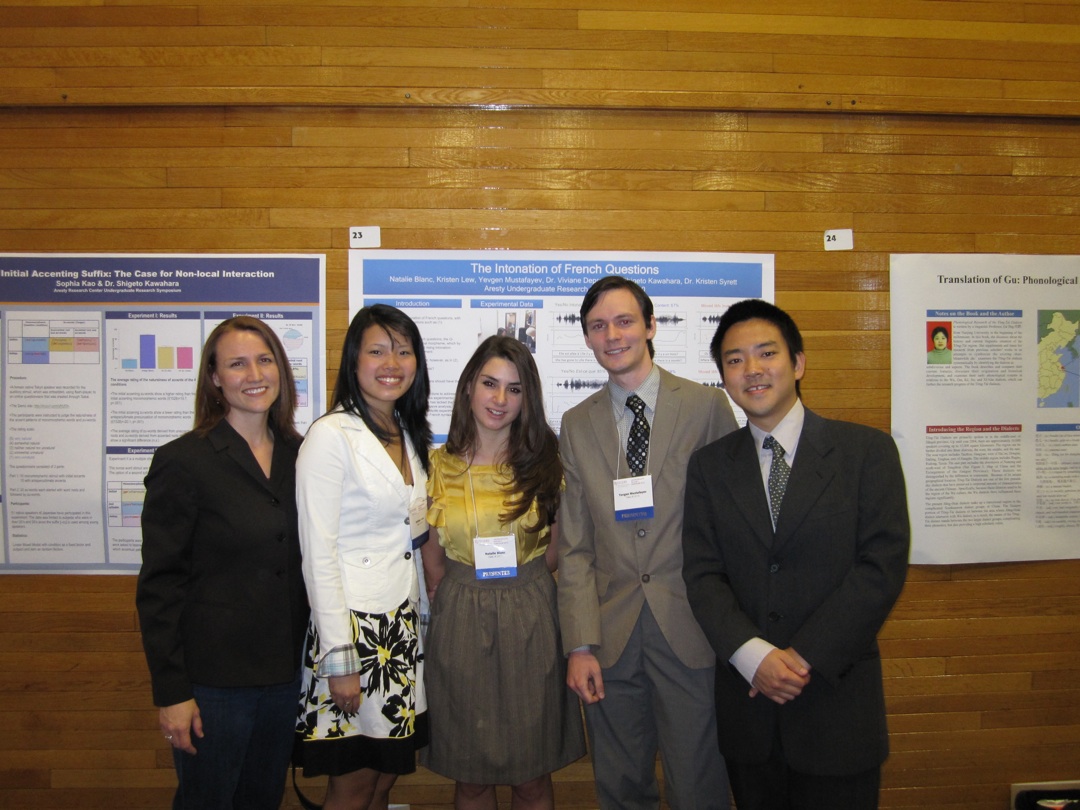
 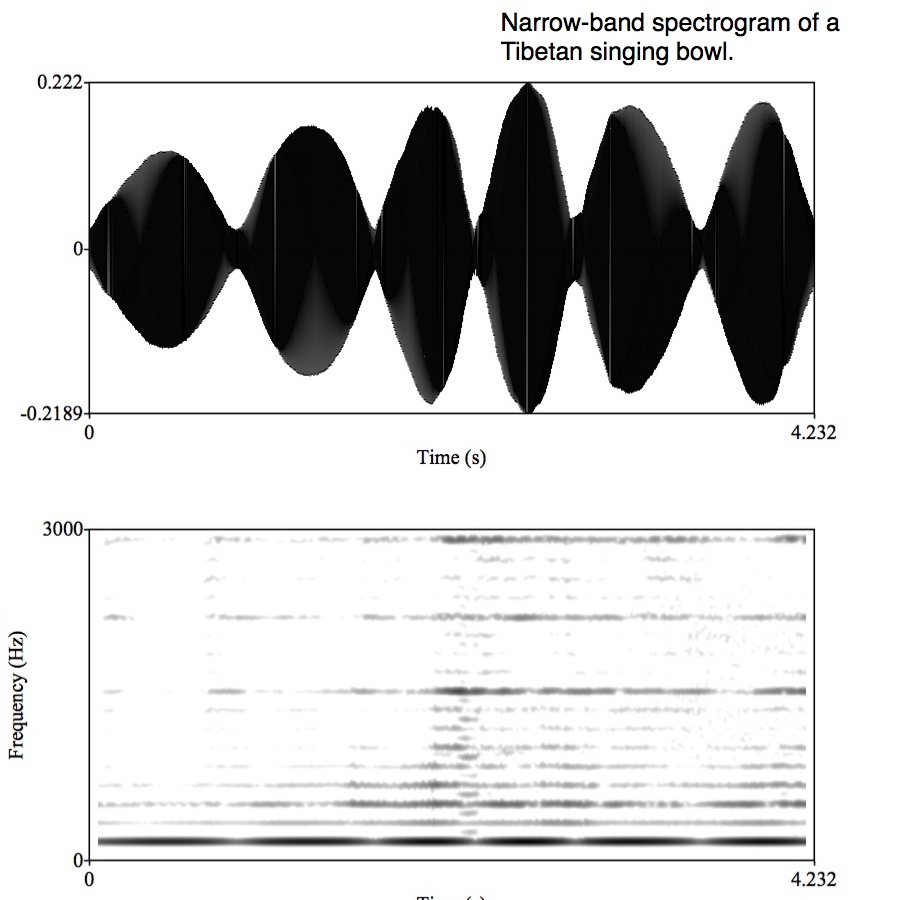
This site and its contents are © 2010 by Shigeto Kawahara.
|

|